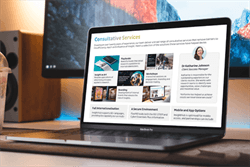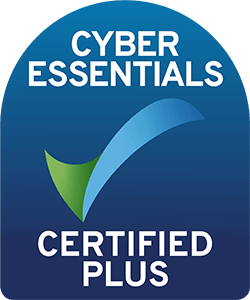Most research projects still currently end with a powerpoint report and a debrief. This has become deeply entrenched as the industry standard, and it is what stakeholders have come to expect when they acquire research services. But it’s becoming very clear that this end result, while expected, isn’t hitting quite as it used to; the powerpoint and debrief combination isn’t efficient enough in communicating insights in an engaging way, and a lot of the value market research provides is lost in translation.
So how do we fix this?
In Danny Russell’s interview with Iosetta Santini, Account Director at Keen as Mustard Marketing, we explore insight communication, the role of Customer Salience and how the FAME model helps brands activate insight.
Making Insights Famous
The report isn’t necessarily the best form of insights communication anymore.
Too often, the research process ends with a PowerPoint deck - pages of data, charts, and bullet points that rarely spark action or stick in stakeholders’ minds. But this approach no longer communicates the true value of insight and research teams. We need to think about how not to end the research process with a PowerPoint, and instead explore new communication tools and methods - videos, infographics, short-form summaries, interactive dashboards - that actually engage.
Right now, communication practices in the market research industry aren’t evolving quickly enough to meet the needs of modern organisations. This isn’t due to a lack of options. The tools are out there. What we’re lacking is direction, training, confidence, and in many cases, budget. The real barriers to better insights communication—and therefore, better insights activation and Customer Salience—are elements such as a lack of storytelling skills, limited awareness of new tools, and unclear strategies.
Stakeholder engagement is central to solving this. That means taking time to understand stakeholder habits, their challenges, and their preferred communication methods. What works for one team might not work for another. Some stakeholders could engage better with a quick insight highlights in a 2-minute video. Others might prefer a striking visual summary in the form of an infographic or newsletter. The point is: we can’t just keep delivering research in the same way and expect a different outcome.
The current range of strategic thinking is another key barrier to implementing an effective insights communication plan, because it isn't part of the current ways of thinking. We need to start asking: what are we trying to achieve, and what’s the best way to achieve it? Using SMART objectives could help structure goals and provide a roadmap for delivering research that’s both useful and memorable.
AI tools can play a transformative role in this shift. From the research side, compiling and synthesising insights, to the visual communication side, creating videos, trailers, infographics, or even automated storytelling, AI can help streamline the process and free up time for more important work.
Ultimately, where we can really add value is by delivering a piece of work that won’t just be read, but remembered. That means having a clear strategy, confidence in that strategy, and the authority to communicate insights in a way that matters. This is how insight teams elevate their role from reporting to driving business impact.
The Casual Conversation Series
A Casual Conversation on... is a series of short, candid videos with the FlexMR leadership team that introduce the key offerings of the agency, our thinking and viewpoints on the future of market research and the insight industry. Throughout these videos, you'll hear direct from those involved in designing the InsightHub platform and the unique agency model that FlexMR operates.


















